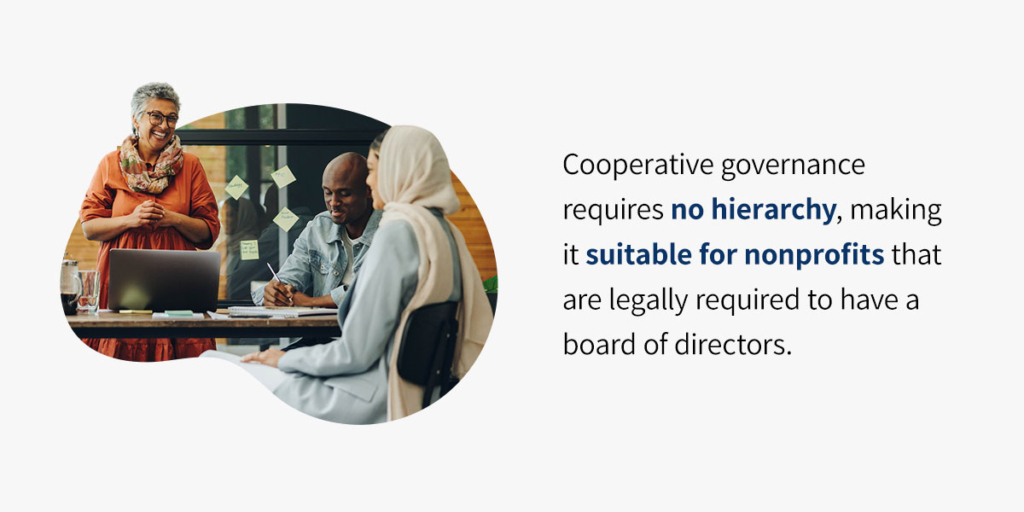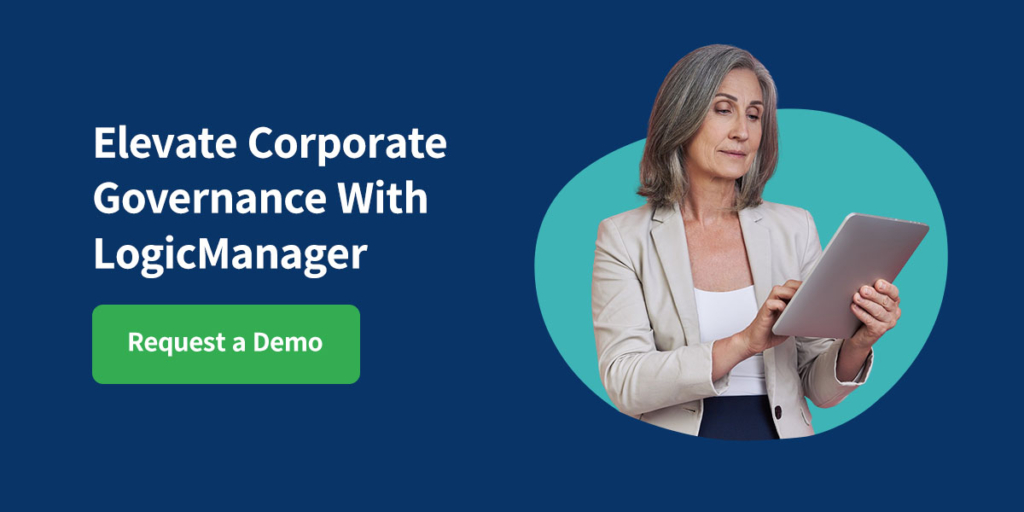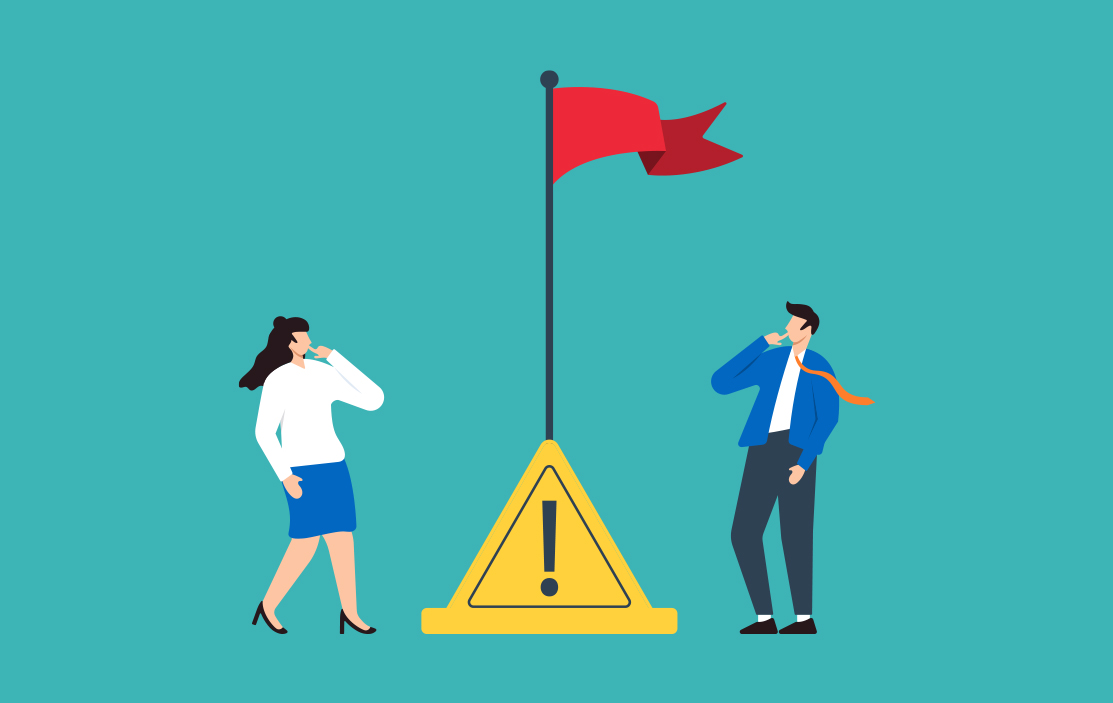Top Board Governance Models
Last Updated: July 11, 2024
Good governance helps nonprofit organizations and for-profit companies navigate unexpected setbacks, economic uncertainties and disruptions. New risks arise every day, and board members and management are responsible for effectively identifying, assessing, managing and monitoring risks. It’s crucial for organizations to have robust risk management strategies in place to respond to these challenges and protect their long-term interests. Regular risk assessments and open communication between board members, management and stakeholders are essential to staying proactive in addressing emerging risks
A well-defined governance model is forward-looking, while designed to mitigate risks. It encompasses the guidelines, policies and processes the board uses to align its actions with the organization’s long-term goals while providing risk management.
Certain types of governance models may be more appropriate depending on the purpose of your organization.
Regardless of the one you adopt, all governance models function to promote risk management and ensure compliance, transparency and effective decision-making.
Table of Contents
- Responsibilities of the Board of Directors
- 1. The Advisory Board Governance Model
- 2. The Traditional Governance Model
- 3. The Management Team Governance Model
- 4. The Patron Governance Model
- 5. The Cooperative Governance Model
- 6. The Policy Board Governance Model
- 7. The Competency Board Governance Model
- 8. The Cortex Board Governance Model
- 9. The Consensus Board Governance Model
- The Connection Between Corporate Governance and Enterprise Risk Management
- Why Trust LogicManager for Empowering Strong Governance?
- Elevate Corporate Governance With LogicManager
Responsibilities of the Board of Directors
Understanding the different types of governance models will help you identify which one is best suited to your organization and your board’s risk responsibility. The duties of the board of directors generally include:
- Fiduciary duty: Board members are responsible for acting diligently on behalf of the company’s shareholders and stakeholders. Specific fiduciary duties required by common law and statutory obligation of good faith include loyalty, obedience and care.
- Reasonable care: A key part of fiduciary duty is reasonable care. Board members must exercise the same care when making business decisions as they would when managing their personal matters. They are responsible for acting with the company’s best interest in mind while conducting all activities and operations.
- Fraud, negligence and waste: Board members are responsible for maintaining fairness. They must prevent and report fraudulent conduct, such as a self-interested fiduciary manipulating or withholding information. They must also maintain standards to prevent gross negligence and waste within the organization that could affect the welfare and safety of stakeholders, shareholders, and the environment.
- Duty of care and loyalty: The board members must exercise reasonable judgment and care in making decisions, keeping the organization’s best interest in mind, actively avoiding conflicts of interest and maintaining strict confidentiality.
1. The Advisory Board Governance Model
Commonly used by nonprofits, the Advisory Board Governance Model consists of industry experts who have established authority in the nonprofit industry. The deep experience of these professionals can be valuable in identifying, mitigating and resolving risks that could be unique to the industry.
In addition, these trusted professionals provide professional skills, talents and credentials at no cost to the organization to achieve specific goals, such as:
- Elevating public relations and fundraising efforts.
- Expanding the organization’s reach.
- Boosting credibility.
Advisory board members tend to be well-established individuals, allowing the organization to leverage their names and valuable contributions. It is important to note that the advisory board is advisory only and does not carry any fiduciary duties.
2. The Traditional Governance Model
The Traditional Model of board governance is a long-standing practice characterized by the board’s collective responsibility and risk oversight for all matters. In this governance model, the board operates as one voice regarding:
- Budget
- Policies
- Strategic planning
- Committee oversight
- The delegation of responsibilities to the Executive Director
Some organizations use the Traditional Model, also known as a working board, as a template for writing their Articles of Incorporation and identifying the structures of their processes and policies.
3. The Management Team Governance Model
The Management Team model found in both non-for-profit and for-profit organizations, plays a critical role in overseeing day-to-day operations and strategic direction for the organization. For example, many organizations would typically hire paid individuals for fundraising, financing and human resources. With this model, the board “divides and conquers” and creates committees within itself to oversee these operations.
This model may be ideal for larger organizations that require specialized leadership to implement policies that align with organizational or department goals.
4. The Patron Governance Model
In a Patron Governance Model, patrons play a significant role in governance. The responsibilities of the board are tailored to engage patrons effectively in the mission and activities. Some of the key responsibilities of the board members include engaging with the patrons, providing strategic guidance, fundraising, governance oversight and community engagement.
Various types of organizations use the Patron Governance Model, which includes for-profit, nonprofit, government agencies, social agencies, educational institutes, healthcare agencies, religious organizations and others. The board members carry fiduciary duties.
However, board members tend to have less influence over the president or CEO compared to those in an advisory board model, which means they cannot be responsible for key governance tasks like organization planning and vision development.
5. The Cooperative Governance Model
In a Cooperative Governance Model, the organization is typically owned and controlled by its members, who typically could be its customers, suppliers or employees. As the name suggests, it emphasizes democratic decision-making through equal voting rights for its members. The board of directors in a Cooperative Governance Model has a fiduciary duty and is accountable to its members, ensuring adherence to its policies and complying with the regulations.

In this governance model example, no board member has power over another, making it highly democratic. Cooperative governance requires no hierarchy, making it suitable for nonprofits that are legally required to have a board of directors.
6. The Policy Board Governance Model
In the Policy Board Governance Model, the board puts their trust and confidence in the CEO to make decisions. Under this model, the board is typically secondary to the president or CEO in authority, but they work in tandem to align their skills and ideas. The board is responsible for setting strategic direction, establishing policies and providing oversight to ensure organizational effectiveness and compliance. However, the CEO holds regular meetings to inform the board about the organization’s activities, enabling them to quickly adapt to new risks.
This model is sometimes referred to as the Carver model, named after its creator, Dr. John Carver. Board members of the Carver model are often recruited due to their commitment to the organization’s mission and values.
7. The Competency Board Governance Model
Newer organizations can take advantage of the Competency Board Governance Model to develop board member’s skills, expertise and governance knowledge. Organizations that require a broad range of specialized skills can also adopt this governance example to stay competitive. Sometimes called the Complementary Model, it suggests that board members should be assigned roles according to their specific competencies, experiences, knowledge and skill sets.
Building trust, communication and relationships is critical for improving the board’s performance under this model. An organization’s bylaws outline the practices, strategies and processes with the Competency Board Model.
8. The Cortex Board Governance Model
The Cortex Board Governance Model focuses on the inclusion of diverse perspectives, backgrounds, and cognitive styles. The board’s duties also include setting and driving the organization’s agenda to embrace diverse thinking styles, problem-solving approaches and decision-making processes. It also cultivates trust, respect and open communication. This model emphasizes the unique impact the organization has on the community.
It also prioritizes collaboration and ensures all stakeholders have a say in decision-making. This model encourages the board to align their outcomes with concrete values and incorporate a clear accountability framework.
9. The Consensus Board Governance Model
The Consensus Board Model is a form of the Cooperative Model commonly used in nonprofit organizations. It is well-suited for smaller corporations without major shareholders. Also known as the Process Model, the Consensus Board Model gives every board member equal responsibilities, votes and liabilities.
All stakeholders are included and considered before making decisions, which is essential in organizations with distinct perspectives and interests.
The Connection Between Corporate Governance and Enterprise Risk Management
In addition to a robust governance model, businesses can use enterprise risk management (ERM) processes as a holistic approach to mitigating risks. A key component of ERM is proactively identifying and eliminating vulnerabilities from a strategic standpoint, which significantly contributes to proper corporate governance.
Unlike defensive-minded risk strategies, ERM employs a top-down approach that enables the board of directors to effectively reduce exposure to:
- Costly fines and penalties
- Reputational damage
- Civil litigation
- Financial losses
By positioning ERM as a critical governance issue, companies make risk management the heart of all their activities and policies. Good governance simply cannot exist without a focus on risk. ERM remains central to corporate governance because it allows businesses to build constructive due diligence and internal control practices and prioritize informed risk-taking.
Why Trust LogicManager for Empowering Strong Governance?
At LogicManager, we understand the value of good governance when it comes to mitigating risk and improving business performance. Since 2006, we’ve dedicated our efforts to providing the right solutions for risk management, governance and compliance activities. We believe that implementing enterprise risk management is the key to sustaining good governance.
With our configurable, scalable solution packages, your organization can effectively anticipate what’s around the corner. At LogicManager, it’s our goal to empower organizations with the tools they need to make informed decisions, maintain transparency and uphold their reputation.
Elevate Corporate Governance With LogicManager
Selecting the appropriate board governance model for your corporation is a critical step. This model will decide how your board operates, so it’s important to have the appropriate tools and resources to ensure everything runs smoothly. At LogicManager, our ERM and Corporate Governance Program helps your organization identify risks, address concerns and align your goals with effective measures. We invite you to request a demo or contact us today to learn more about demonstrating strong corporate governance.





